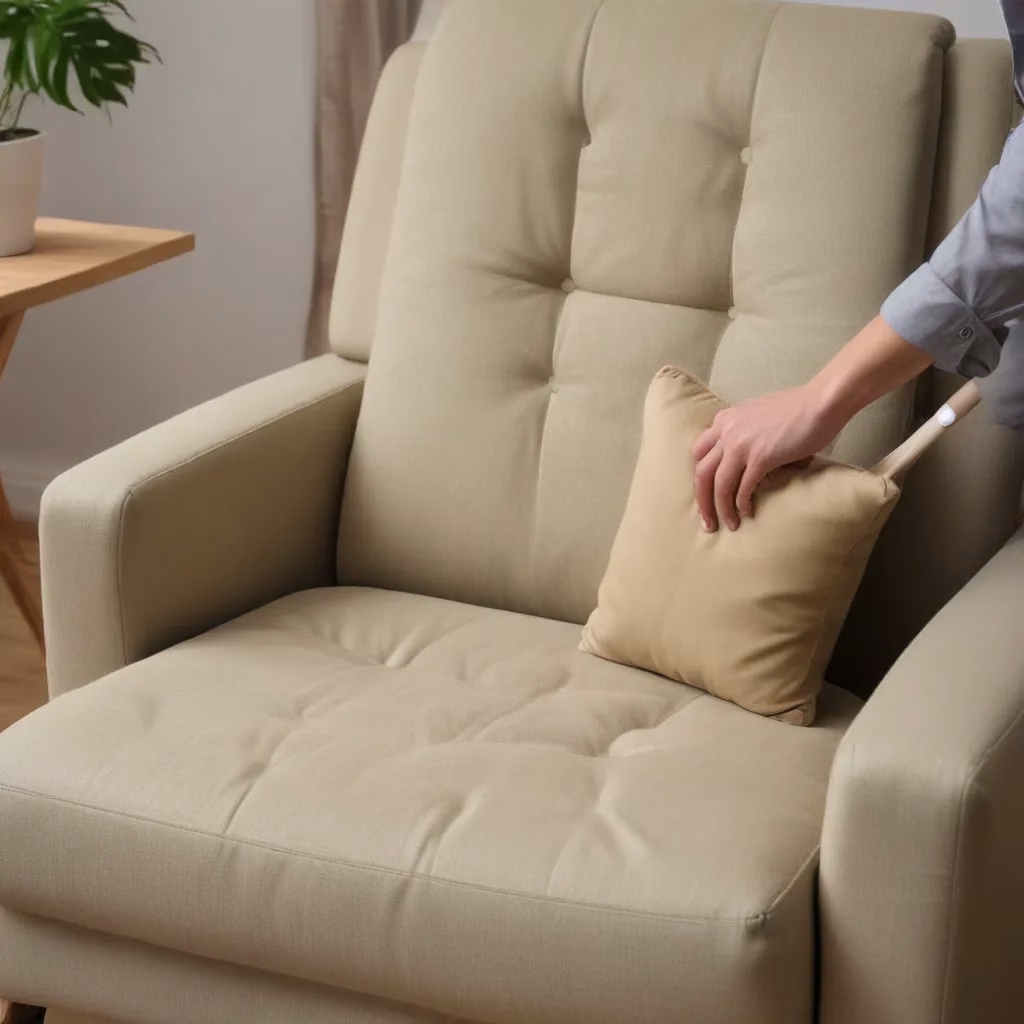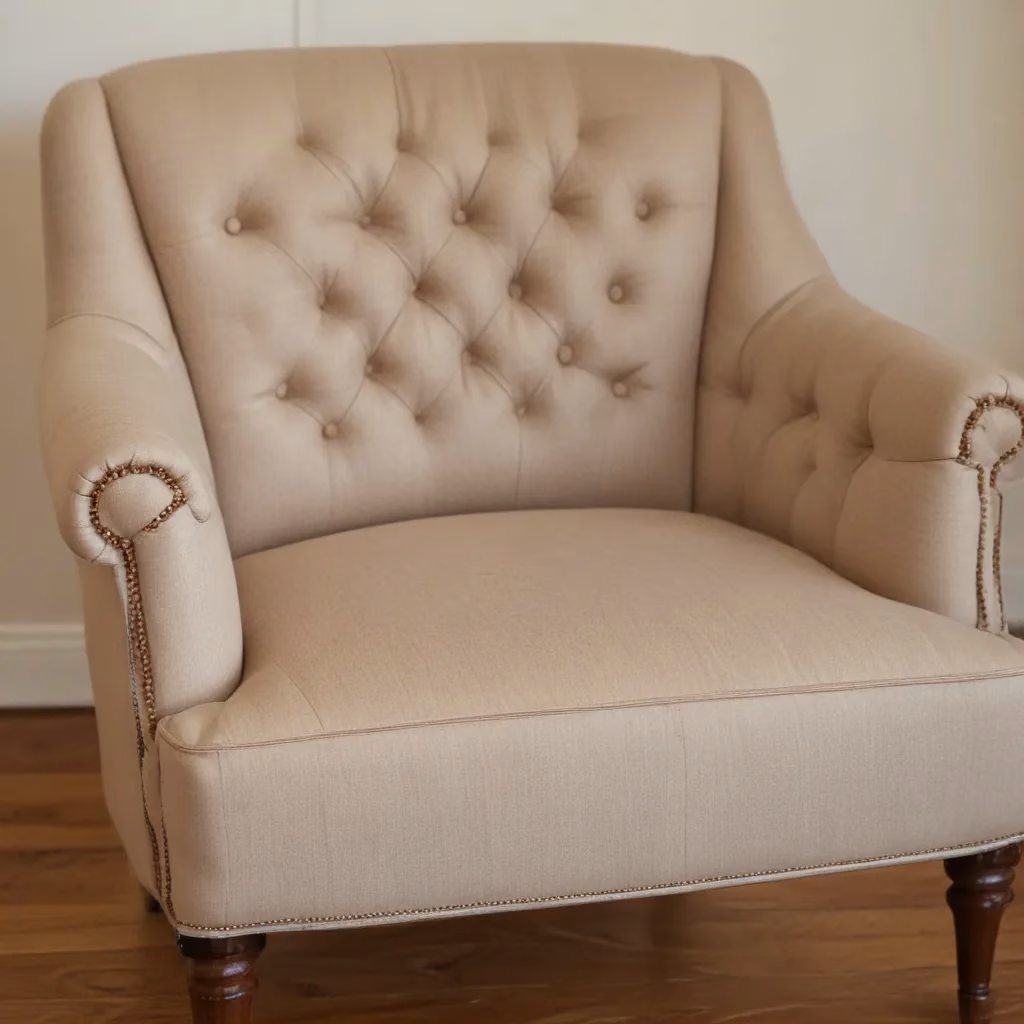
Recycling and the Rise of Upcycling
I have to admit, when I first heard the term “upcycling,” I thought it was just another buzzword in the world of sustainability. But as I delved deeper into the topic, I realized that upcycling has the potential to revolutionize the way we think about furniture and home decor.
It all started when I stumbled upon an article about JCDecaux, a company that’s been at the forefront of upcycling in the world of street furniture. They’re exploring innovative ways to reduce the carbon footprint of their bus shelters and other urban structures by using repurposed materials like glass, steel, and wood. The idea of transforming “used” materials into something new and beautiful really got me thinking.
The Circular Journey of Furniture
As a self-proclaimed furniture enthusiast, I couldn’t help but wonder how the principles of upcycling could be applied to the world of sofas, chairs, and tables. After all, the traditional model of furniture production and consumption is far from sustainable. We buy a new couch, use it for a few years, and then toss it into a landfill when it’s no longer “in style.”
But what if we could break this cycle and create a more circular approach to furniture? That’s where upcycling comes in. Imagine taking an old, worn-out sofa and giving it a second life by reupholstering it with reclaimed fabrics or repurposing the frame into a one-of-a-kind accent chair. The possibilities are endless!
Sofa Spectacular has been leading the charge in this space, offering customers the opportunity to breathe new life into their old furnishings. By working with skilled upholsterers and craftspeople, they’re able to transform tired pieces into stunning, eco-friendly creations that are both functional and fashionable.
The Environmental Impact of Upcycling
But the benefits of upcycling go beyond just the aesthetic appeal. When you think about the environmental impact of traditional furniture production, it’s staggering. From the extraction of raw materials to the energy-intensive manufacturing process, the carbon footprint of a typical sofa or chair is massive.
Upcycling, on the other hand, helps to reduce this impact in several ways. First and foremost, it keeps perfectly good materials out of landfills, preventing them from contributing to the growing problem of waste. Additionally, the energy required to transform an existing piece of furniture is significantly less than what’s needed to create a brand-new one from scratch.
And let’s not forget about the sustainable materials that can be incorporated into upcycled furniture. Reclaimed wood, recycled plastics, and natural fibers like jute or hemp are just a few examples of the eco-friendly options available to the savvy upcycler.
Upcycling as a Catalyst for Innovation
But upcycling isn’t just about recycling and sustainability – it’s also a powerful catalyst for innovation. When you’re working with repurposed materials, you have to get creative. You have to think outside the box and find new ways to transform the old into the new.
This process of creative problem-solving has led to some truly stunning and unexpected designs. I’ve seen old doors turned into stunning floating shelves, salvaged barn beams transformed into rustic coffee tables, and even discarded tires repurposed into whimsical ottomans.
And it’s not just DIY enthusiasts and small-scale artisans who are getting in on the action. Major furniture brands are also embracing the power of upcycling, integrating reclaimed and recycled materials into their latest collections. It’s a trend that’s not only good for the environment but also appeals to a growing segment of consumers who are increasingly conscious of the impact of their purchasing decisions.
The Future of Upcycled Furniture
As exciting as the current state of upcycled furniture is, I can’t help but imagine what the future might hold. With advancements in materials science, digital fabrication, and automation, the possibilities for upcycling are truly limitless.
Imagine a future where 3D printing technology allows us to transform discarded plastic bottles into sleek, modern furniture pieces. Or a world where smart textiles made from recycled fibers can be used to create durable and stylish upholstery. The potential for innovation is staggering.
Of course, there are still some challenges to overcome. Ensuring the quality and durability of upcycled furniture, for example, will be crucial in driving widespread adoption. And there’s also the question of scalability – how can we make upcycled furniture accessible to a larger segment of the population?
But with the passion and creativity of designers, engineers, and forward-thinking companies like Sofa Spectacular, I’m confident that we’ll continue to see exciting advancements in the world of upcycled furniture. It’s a future that’s not only better for the planet but also richer in terms of design, innovation, and sustainability.
The Upcycling Revolution: A Call to Action
As I’ve delved deeper into the world of upcycling, I’ve been struck by the sense of possibility and empowerment that it inspires. This isn’t just about saving the environment – it’s about reimagining the way we approach the products we use every day.
So, what can you do to be a part of the upcycling revolution? Start small: look around your home and see what furniture or decor items you can breathe new life into. Get creative with thrift store finds or scour your local salvage yards for hidden gems. And when you’re ready to take it to the next level, consider partnering with a company like Sofa Spectacular to transform your tired furnishings into something truly spectacular.
The journey towards a more sustainable future may not be easy, but it’s one that’s filled with possibility, innovation, and a touch of whimsy. So, let’s embrace the power of upcycling and create a greener, more beautiful tomorrow – one piece of furniture at a time.



